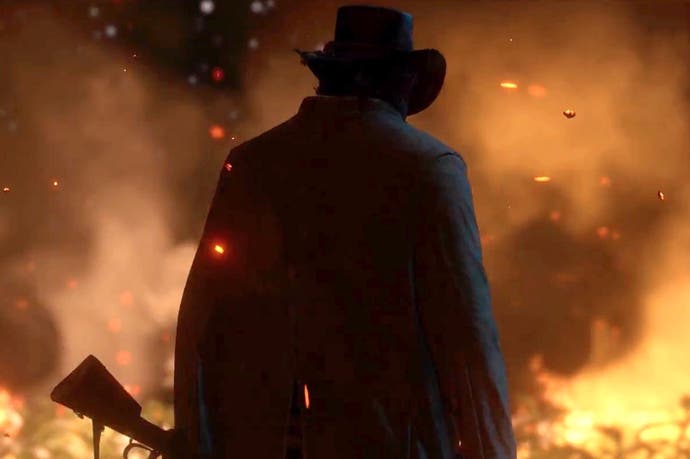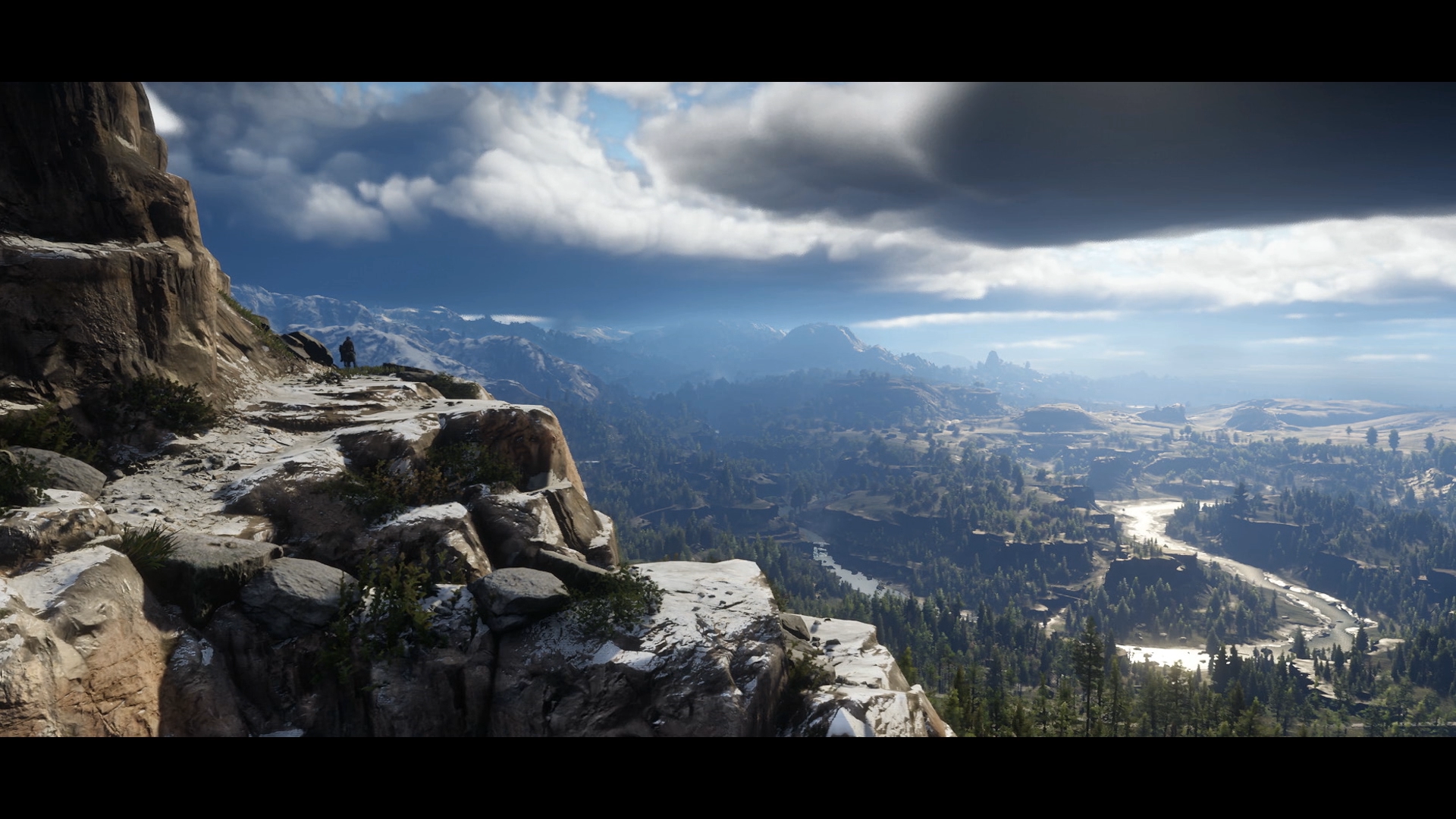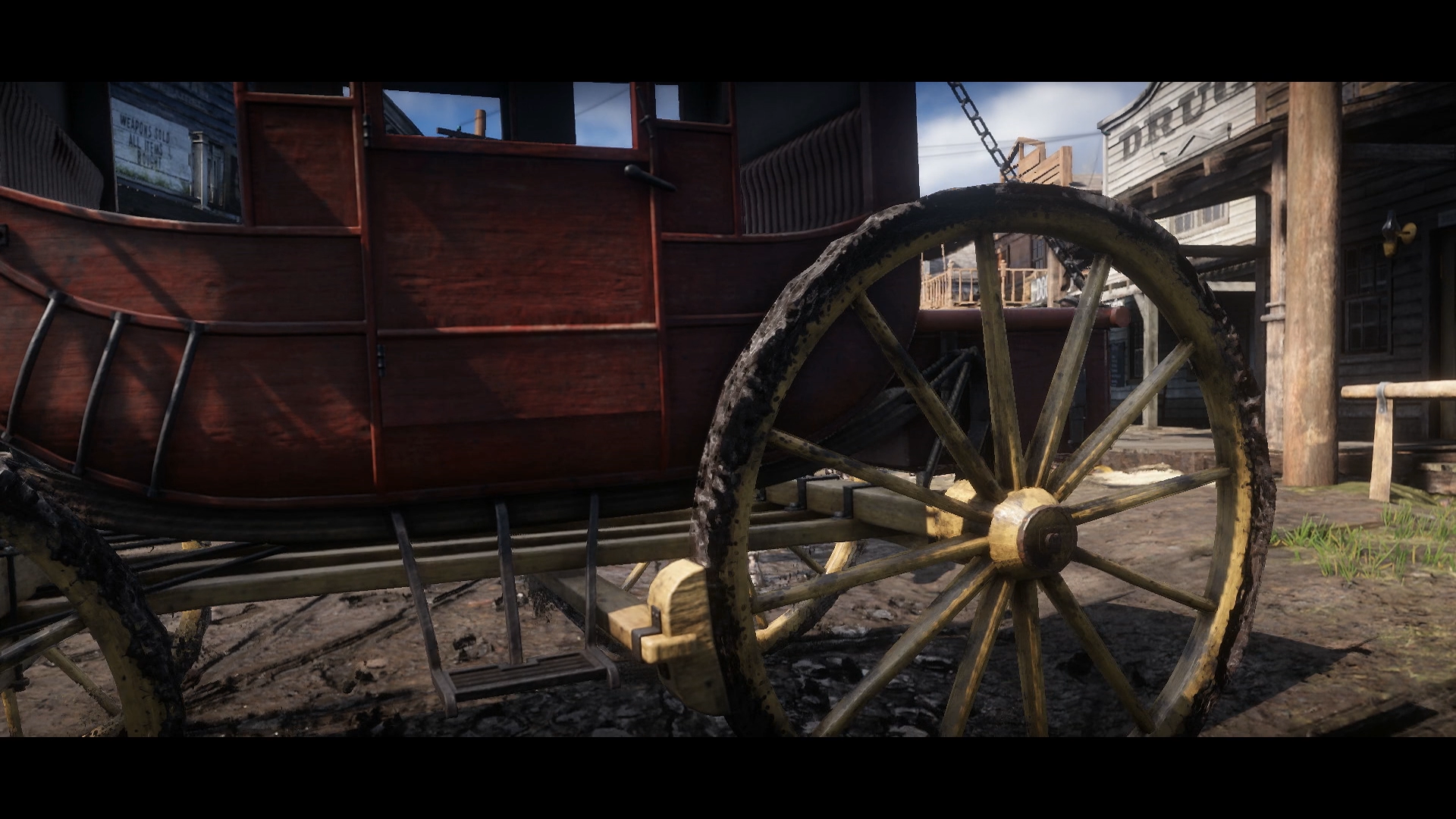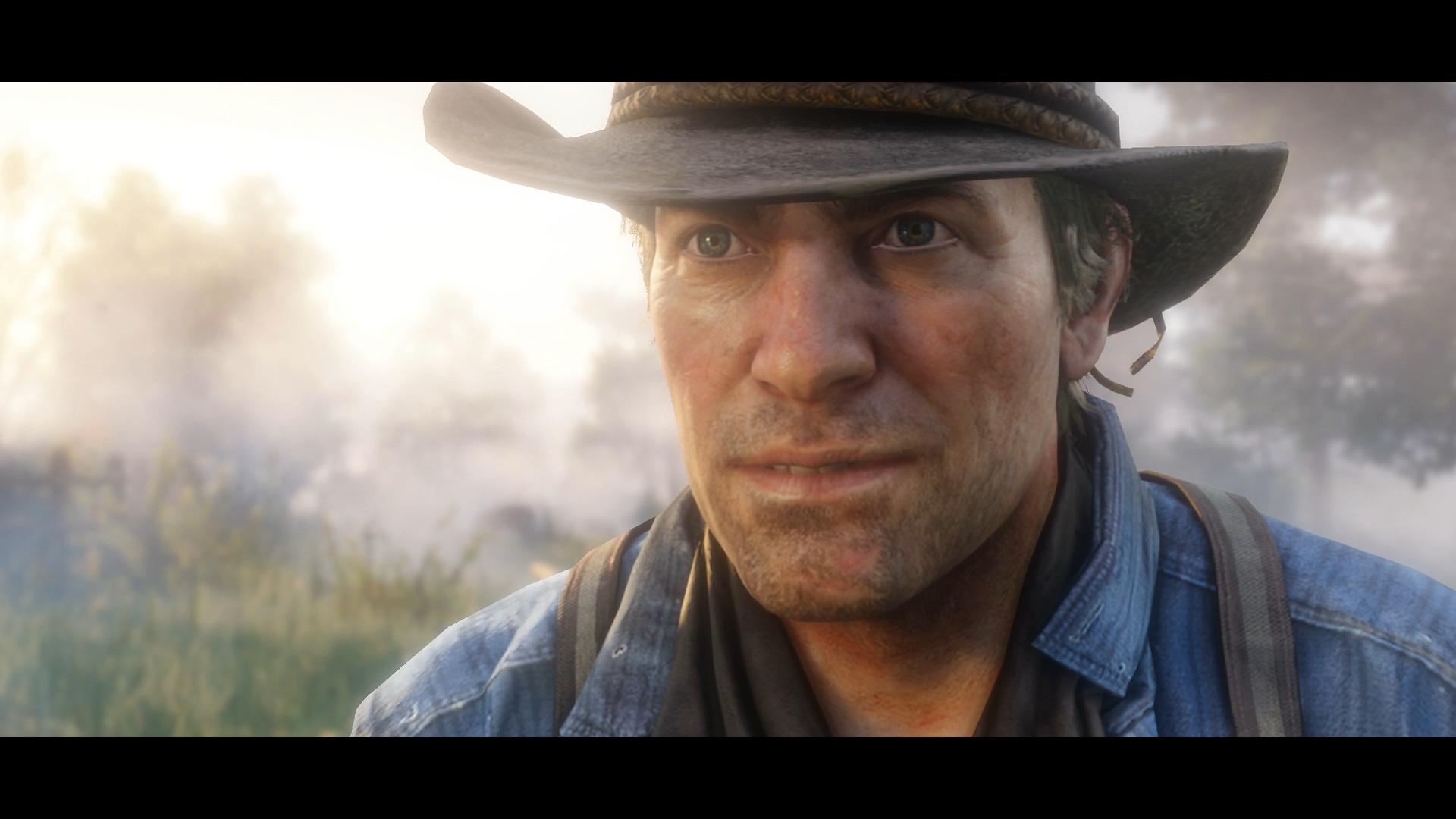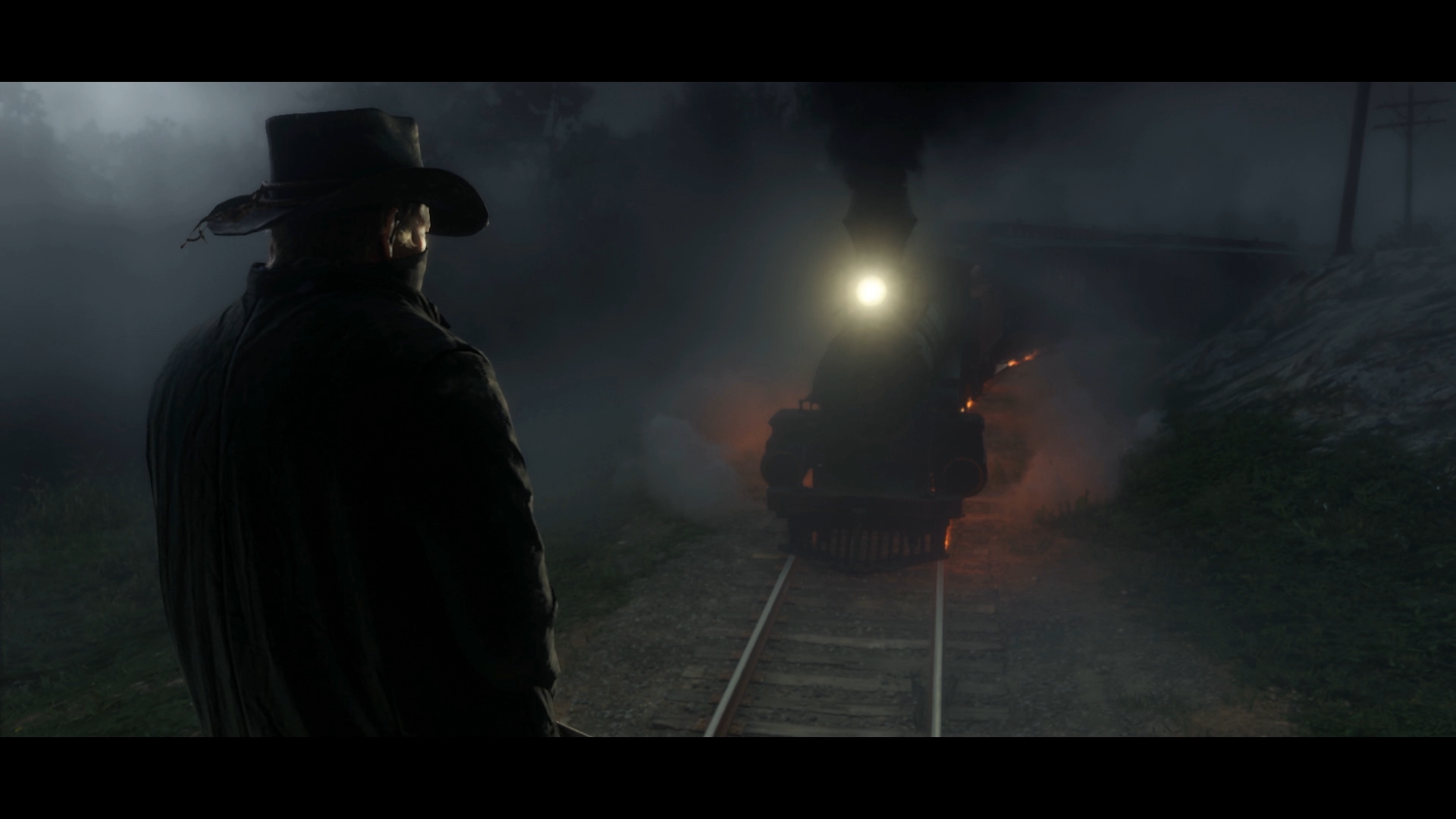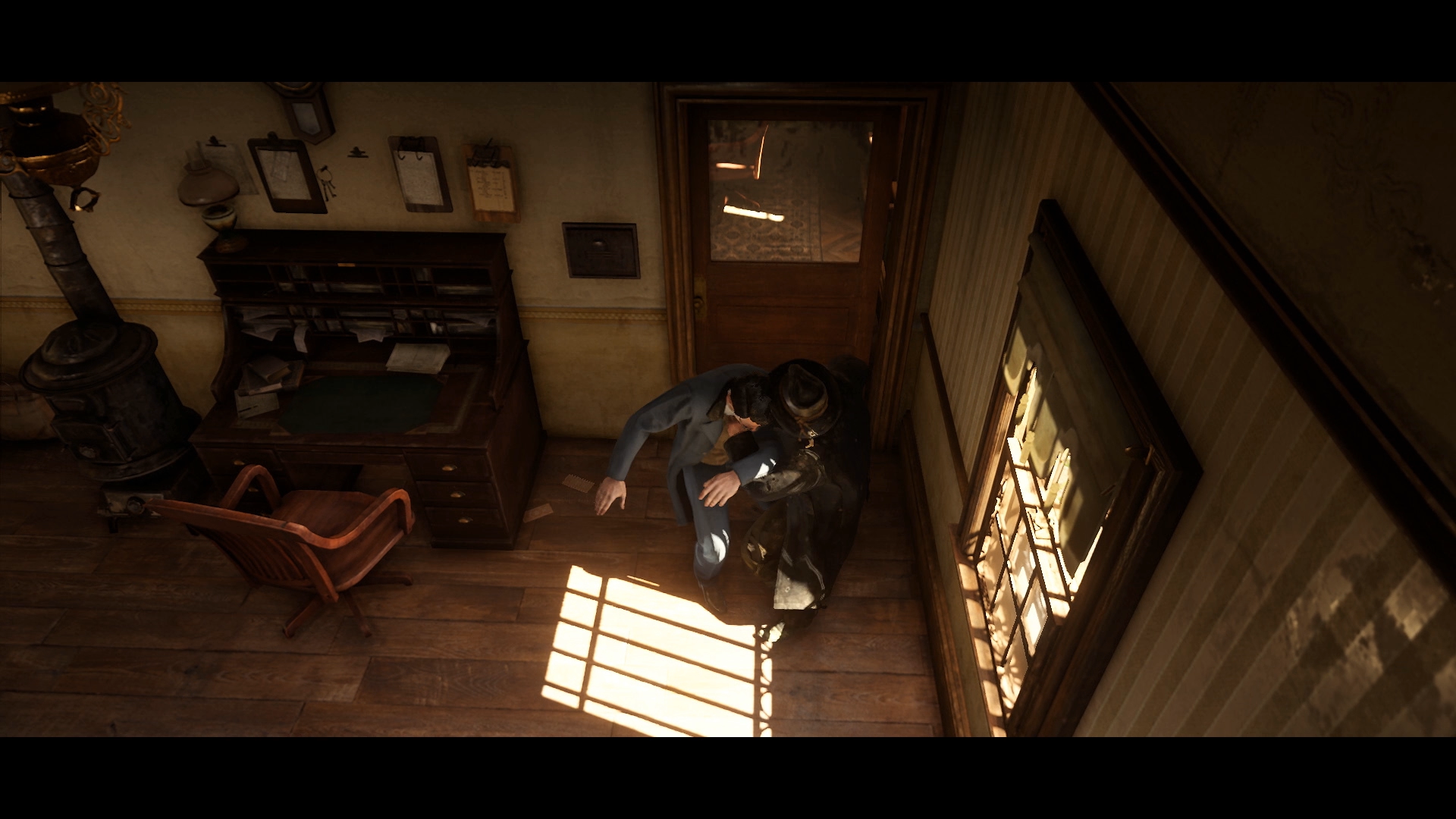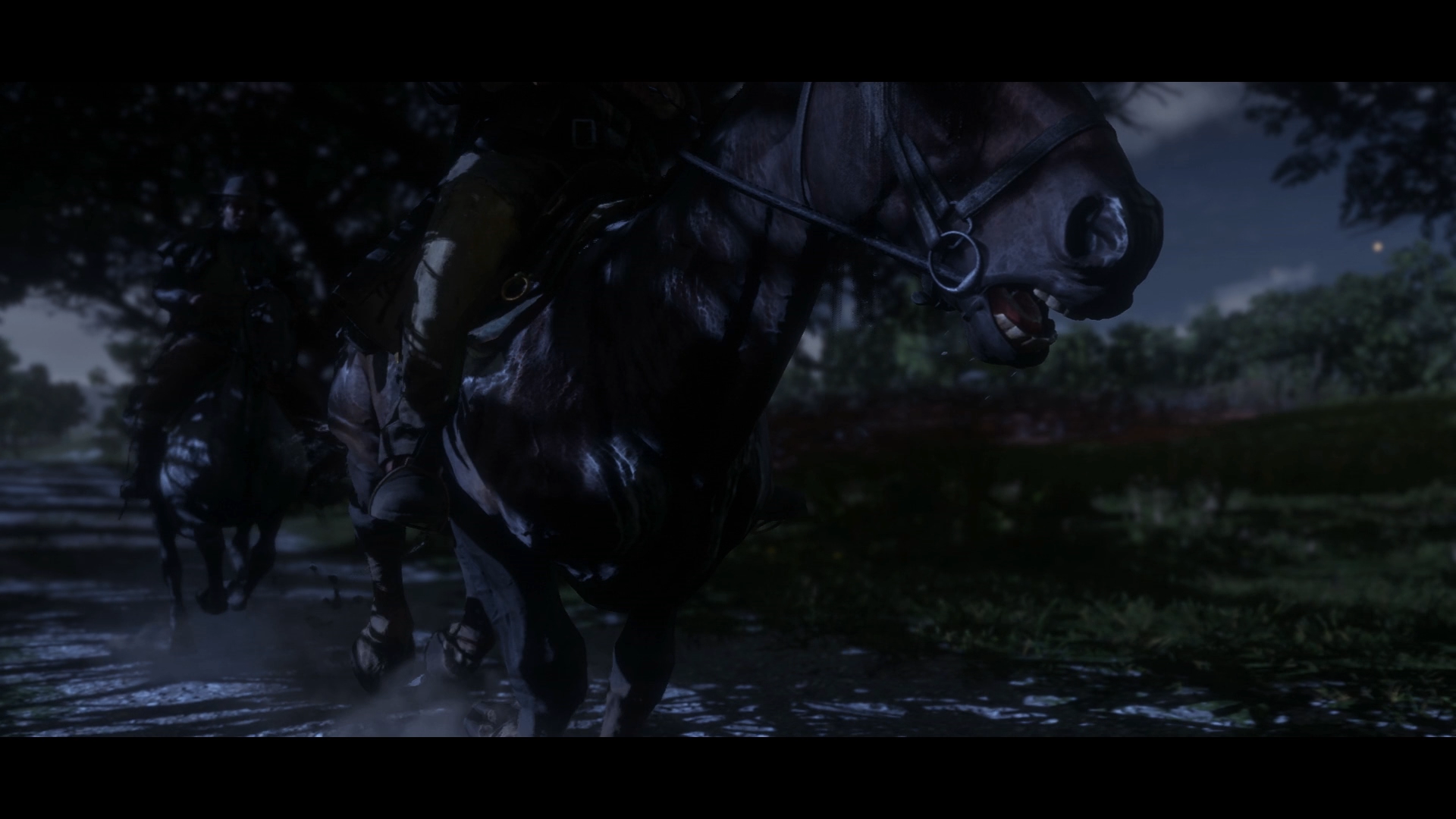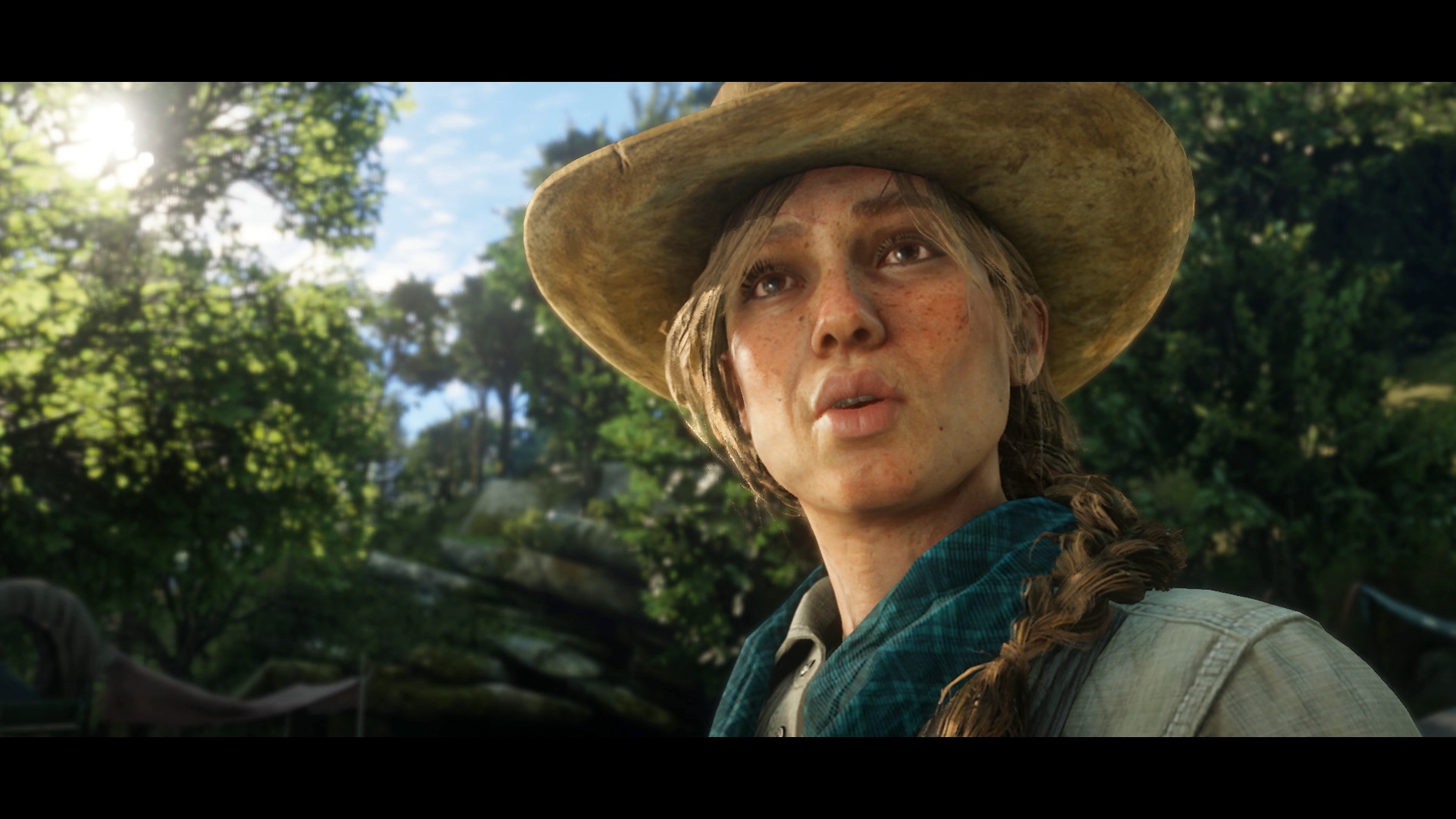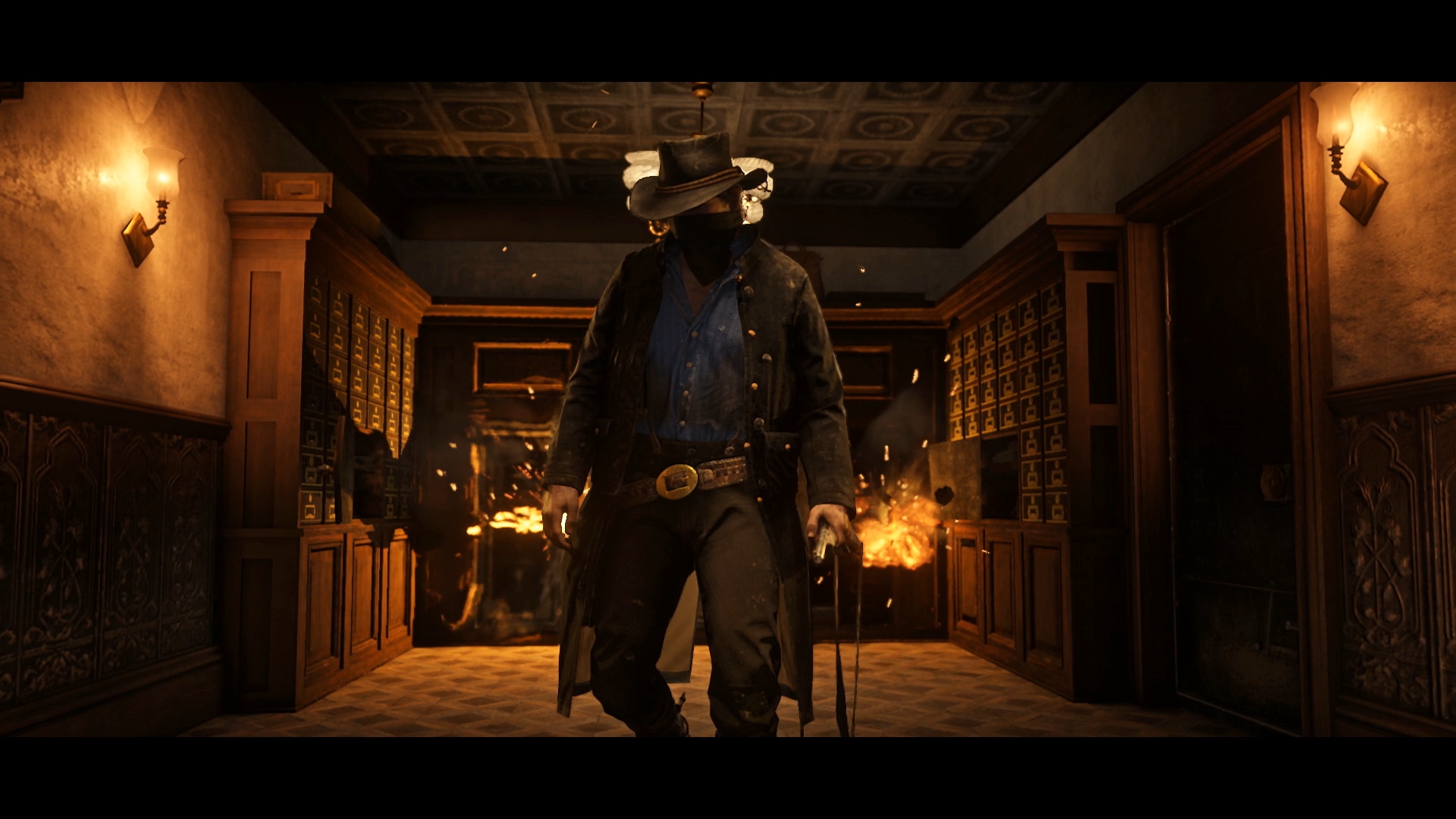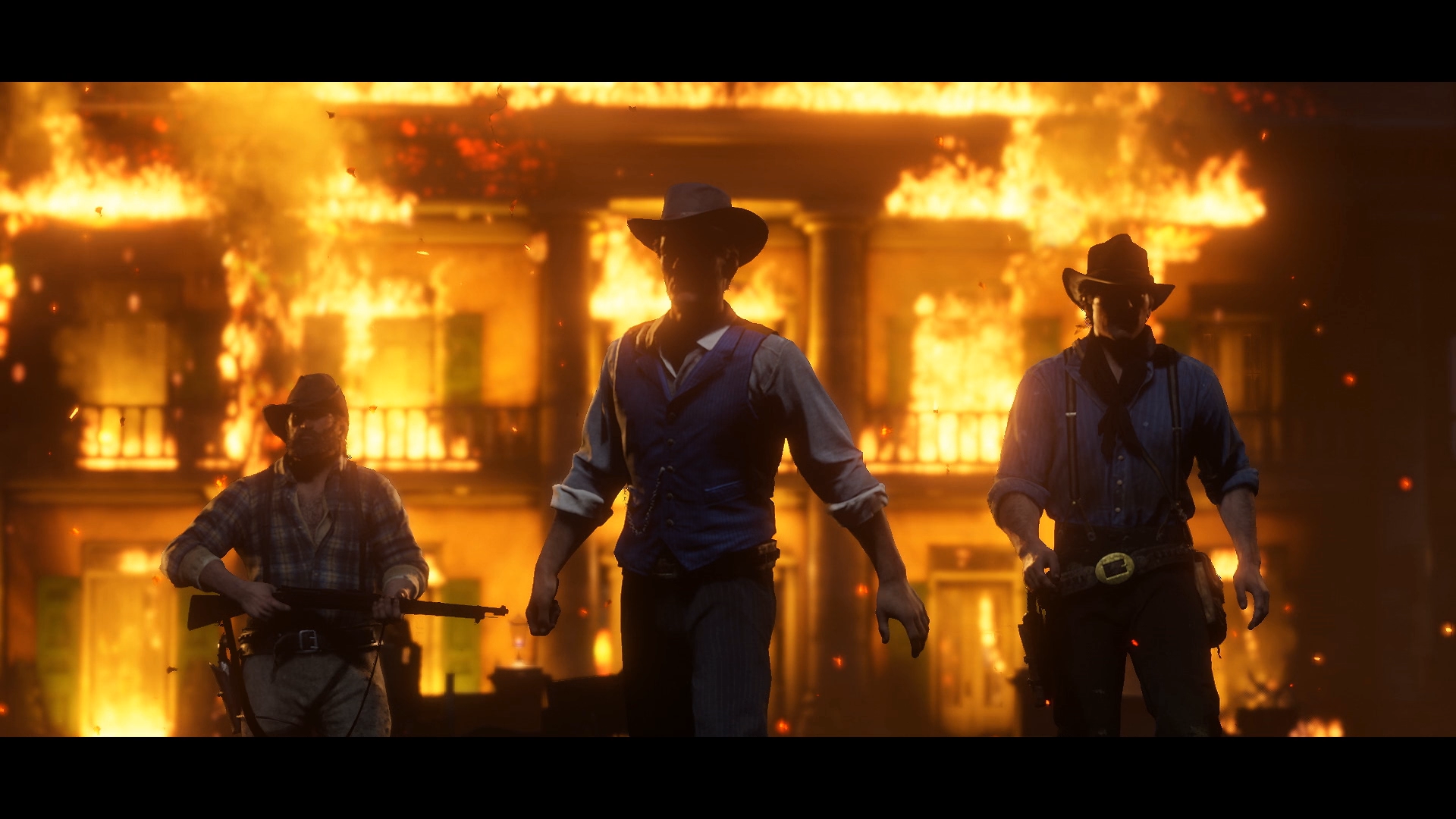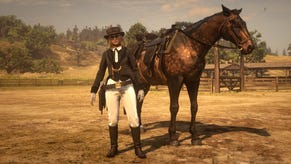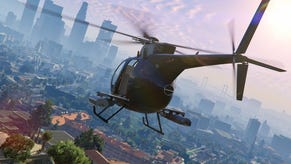Red Dead Redemption 2's state-of-the-art technology analysed
Digital Foundry on how Rockstar's RAGE engine shines on current-gen consoles.
Red Dead Redemption 2 is a truly significant release - not just for Rockstar, but for the entire console generation. It's the first title designed from the ground up for PS4 and Xbox One, after all. Sure GTA5 received an impressive upgrade when it landed on these machines, but it was still very much rooted in last-gen technology. RDR2 goes much further, showcasing many key upgrades added to Rockstar's in-house RAGE engine.
But the real question concerns the nature of the trailers we're looking at. What system are they running on? Are we actually looking at real-time footage? Could it actually be pre-rendered? On balance, we're inclined to believe that this is the actual game code in motion, specifically because familiar rendering techniques present in GTA5 and even the original Red Dead Redemption are in place here - the way powerlines are rendered, for example, is a match for Grand Theft Auto. Perhaps the most noticeable giveaway that this is real-time comes from the alpha-to-coverage cross-hatch stippling seen in characters' hair.
Beyond that, while it looks great for an open world game, there's nothing going on here that precludes this from being real-time. Also noteworthy is that the trailer runs at native 1080p (albeit with 'cinematic' borders top and bottom) and so it's likely representative of the standard console experience, with the PlayStation YouTube channel suggesting we're looking at PS4 footage. We should expect Pro and Xbox One X support come launch too - and we would also hope for full HDR support. The RAGE engine runs in HDR internally, and this is the perfect game for it.
Core to the trailers' content is the combination of the sense of scale and the realisation of the natural environment. There are many shots that showcase picturesque scenery rich in foliage, but with a lot of subtle animation of movement throughout. Birds fly around in the sky, grass smoothly parts as the horse walks through it and special mention must go to the horse and rider animation. Compared to what we've seen of RAGE in similar shots on GTA5 and the original Red Dead, view distances look better than ever, foliage density and quality are improved, texture resolution is higher and the sheer fidelity of the lighting - particularly in terms of volumetrics is epic.
The trailers also like to dwell on the various wildlife found in the open world, likely selected to showcase the animal AI in action, as hunting is likely to play a large role in the experience. Of course, the inclusion of bow and arrow as a player weapon is interesting as well, too. The detail level on animals really is remarkable - much has been made of particular anatomical elements of the horses, but pay attention to the mouth: drool escapes from the side as the animal runs faster.
Clearly though, the most significant leap over any previous Rockstar title lies in the character rendering. The models used in this trailer are remarkably detailed with excellent skin shading, realistic facial animation, smoothly rendered hair and eerily realistic eyes. The facial capture in particular really stands out. Rockstar has impressed before with games like LA Noire, which mapped real actors onto polygonal models to great effect, but the actual model detail was lacking in prior titles. It's not yet clear how these animations are implemented but the results are promising. The details extends right down to the mouths of the characters with detailed teeth and even tongue models.
Then there are the clothes - materials have clearly received a boost this time with fabric losing the plasticky look of the original. The increased polygon count helps smooth out chunky edges and the resolution of the textures helps better define the characters. It's actually interesting to look back at the original game after seeing the new characters in action: the leap is even bigger than you might expect.
Effects and post-processing also look first class. Perhaps the most striking addition here is the particle lighting. Smoke is illuminated by local lights such as fire and sparks creating a thick atmosphere in select situations. There's also the suggestion that some kind of global illumination system is in effect, with the impression that light bounces off surfaces. Several shots also indicate that shadow resolution is very reasonable here, with minimal artefacts, though the outlook isn't entirely pristine - the depth of field effect is used often and the implementation looks a tad lacklustre, consisting of a simple gaussian effect as opposed to a bokeh-orientated implementation. On top of that, the anti-aliasing technique often fails, leaving some obvious edges.
However, one constant throughout both of the trailers is the gorgeous rendering of the sky. Precisely animated skyboxes with real-time cloud cover (complete with shadows cast onto the ground) has been a feature of RAGE since Grand Theft Auto 4, and the implementation here looks stunning, taken to the next level in a similar manner to the cloud rendering used in Guerrilla's excellent Horizon Zero Dawn.
With just a brace of trailers, Rockstar has done a great job in setting expectations high for Red Dead Redemption 2. In total, just three minutes of footage have been revealed so far (our analysis was possible thanks to the firm offering us high quality versions of both trailers) and there's very much the sense of a teaser campaign in effect here, the developer offering up the smallest taster of the full experience to come. What we're seeing is a remarkable upgrade for the RAGE engine, with stunning vistas, dense simulation, exceptionally strong modelling and state-of-the-art animation. And all of that gleaned from less than 180 seconds of footage. Suffice to say, we can't wait to see more.
